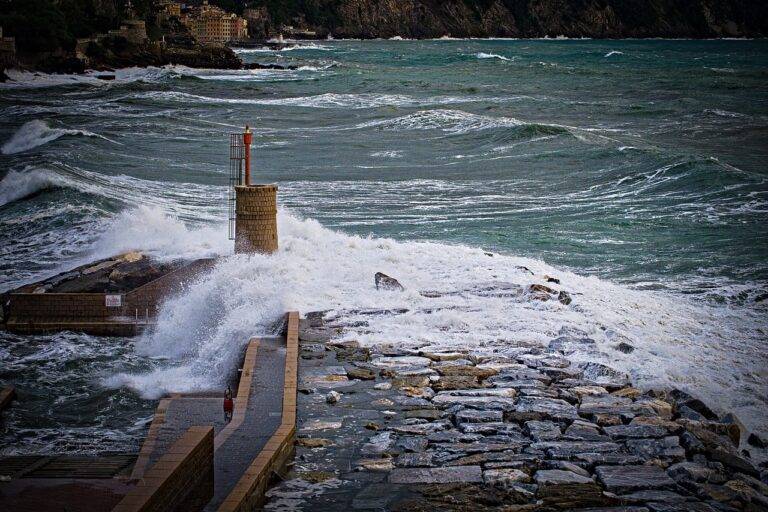Sustainable Surf Tourism: Balancing Recreation with Environmental Conservation
Surf tourism plays a significant role in coastal communities around the world, attracting enthusiasts seeking the perfect wave. However, the ecological impact of surf tourism cannot be overlooked. As surf destinations become popular and more accessible, the pressure on local ecosystems intensifies, leading to environmental degradation. It is essential for surf tourism operators, travelers, and local authorities to prioritize environmental conservation to ensure the sustainability of these coastal destinations.
Environmental conservation in surf tourism is not just about protecting the picturesque landscapes and pristine waters that draw surfers in. It is also about preserving the habitats of marine life and the overall health of the ecosystems that lie beneath the waves. By promoting responsible tourism practices, such as reducing plastic waste, supporting local conservation efforts, and respecting marine wildlife, surf tourism can contribute positively to the preservation of our oceans and beaches for future generations to enjoy.
Heading 2: How Surf Tourism Impacts Marine Ecosystems
Surf tourism, while providing economic benefits to coastal communities, can have significant impacts on marine ecosystems. The presence of surfers in popular surfing destinations can lead to an increase in pollution from litter, sunscreen chemicals, and sewage runoff. Additionally, the construction of infrastructure to accommodate tourists, such as hotels and restaurants, can result in habitat degradation and loss for marine species.
The physical presence of surfers in the water can also disturb marine life, particularly sensitive species like corals and nesting sea turtles. Activities such as surfboard waxing and fuel spills from boats can introduce harmful chemicals into the water, affecting the health of marine organisms. These cumulative impacts of surf tourism on marine ecosystems highlight the importance of implementing sustainable practices to minimize negative effects on coastal environments.
Heading 3: Strategies for Minimizing Environmental Impact in Surf Tourism
When it comes to minimizing the environmental impact of surf tourism, education plays a crucial role. By raising awareness among tourists and local communities about the importance of preserving marine ecosystems, we can foster a culture of sustainability within the industry. Providing information on best practices, such as proper waste disposal, respecting wildlife, and avoiding harmful chemicals, can significantly reduce the negative effects of surf tourism on the environment.
Another effective strategy for minimizing environmental impact in surf tourism is implementing regulations and guidelines. Local governments and organizations can establish rules regarding beach access, waste management, and wildlife protection to ensure that surf tourism activities are conducted in a responsible and eco-friendly manner. By enforcing these regulations and holding businesses and individuals accountable for their actions, we can help protect our oceans and coastal areas for future generations to enjoy.





